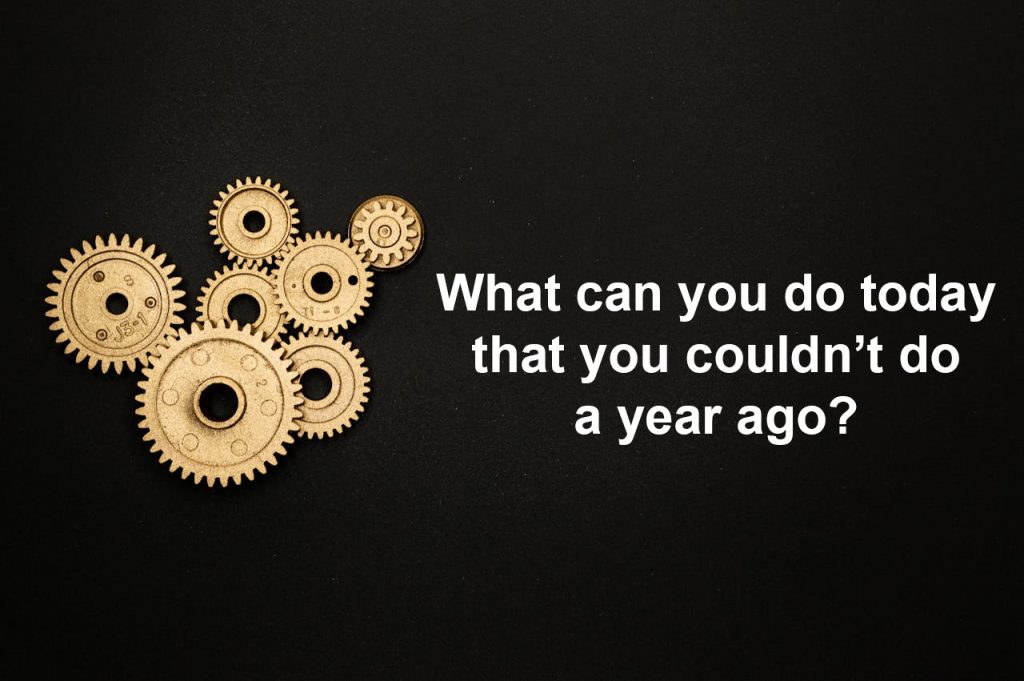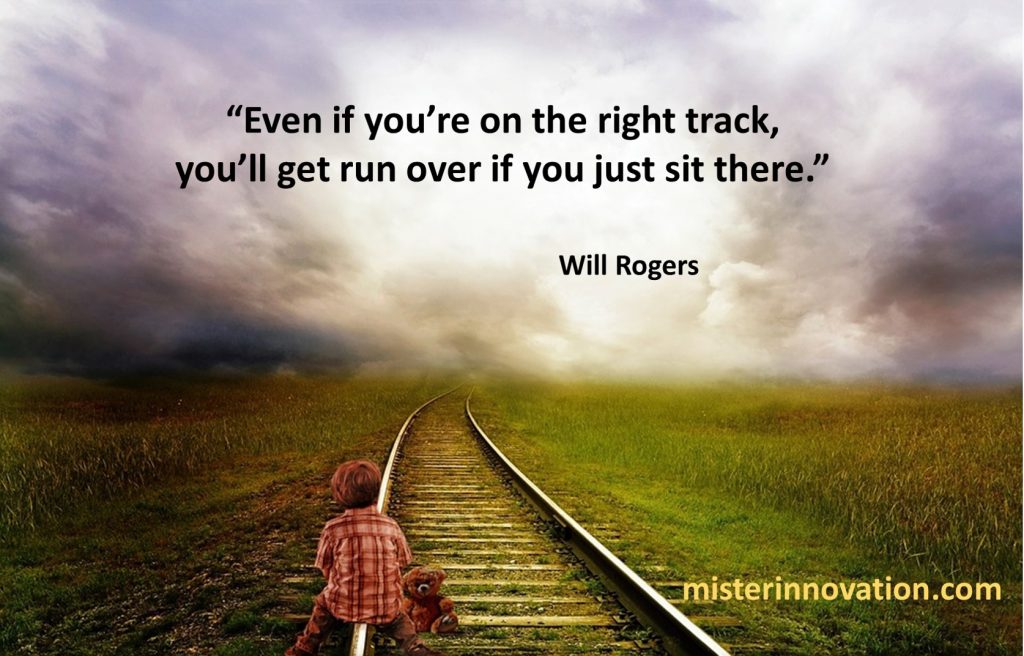
GUEST POST from Mike Shipulski
If there’s no discomfort, there’s no novelty.
When there’s no novelty, it means you did what you did last time.
When you do what you did last time, you don’t grow.
When you do what you did last time, there’s no learning.
When you do what you did last time, opportunity cost eats you.
If there’s no discomfort, you’re not trying hard enough.
If there’s no disagreement, critical thought is in short supply.
When critical thought is in short supply, new ideas never see the light of day.
When new ideas never see the light of day, you end up doing what you did last time.
When you do what you did last time, your best people leave.
When you do what you did last time, your commute into work feels longer than it is.
When you do what you did last time, you’re in a race to the bottom.
If there’s no disagreement, you’re playing a dangerous game.
If there’s no discretionary work, crazy ideas never grow into something more.
When crazy ideas remain just crazy ideas, new design space remains too risky.
When new design space remains too risky, all you can do is what you did last time.
When you do what you did last time, managers rule.
When you do what you did last time, there is no progress.
When you do what you did last time, great talent won’t accept your job offers.
If there’s no discretionary work, you’re in trouble.
We do what we did last time because it worked.
We do what we did last time because we made lots of money.
We do what we did last time because it’s efficient.
We do what we did last time because it feels good.
We do what we did last time because we think we know what we’ll get.
We do what we did last time because that’s what we do.
Doing what we did last time works well, right up until it doesn’t.
When you find yourself doing what you did last time, do something else.
Image credit: Unsplash
![]() Sign up here to join 17,000+ leaders getting Human-Centered Change & Innovation Weekly delivered to their inbox every week.
Sign up here to join 17,000+ leaders getting Human-Centered Change & Innovation Weekly delivered to their inbox every week.








